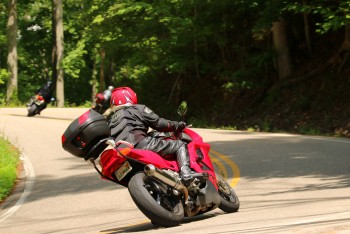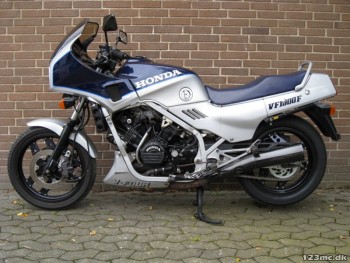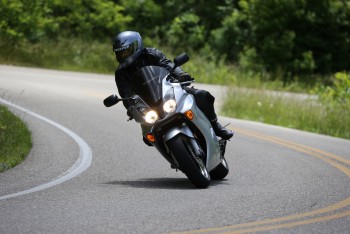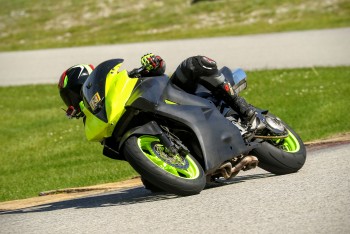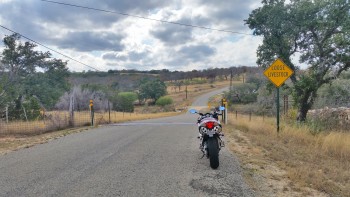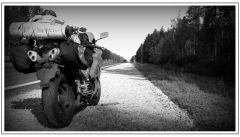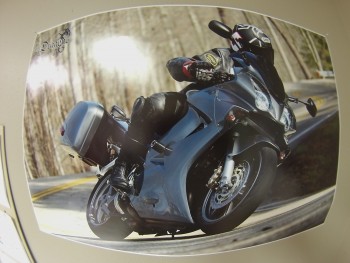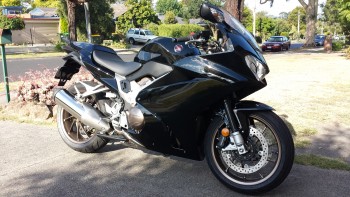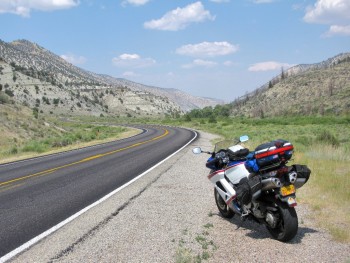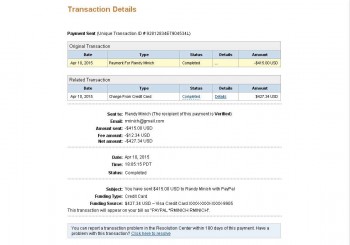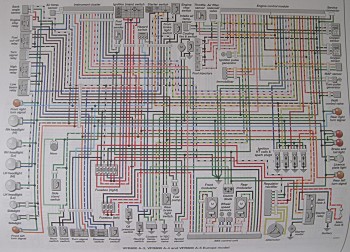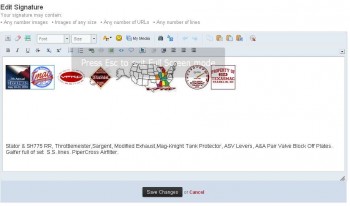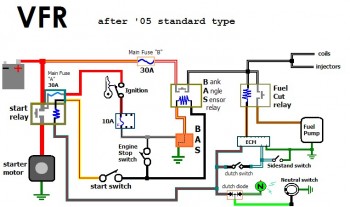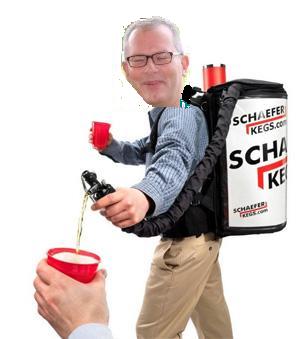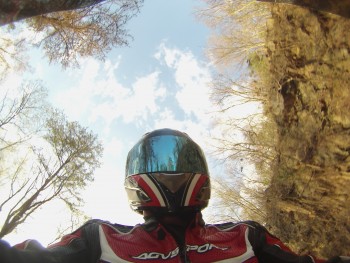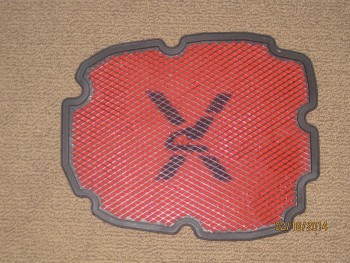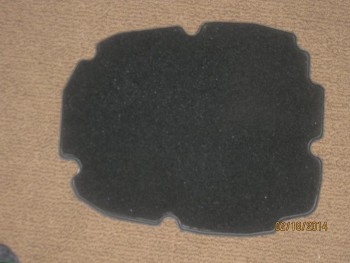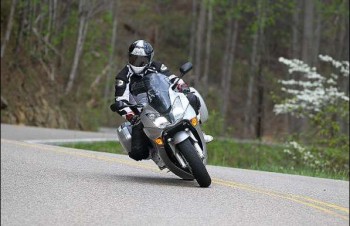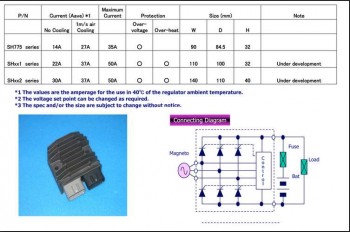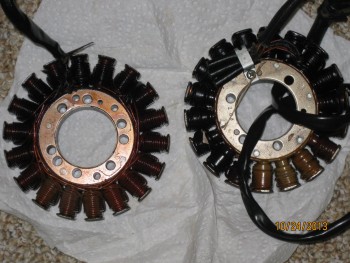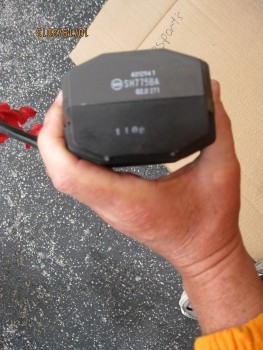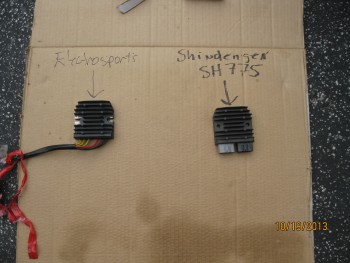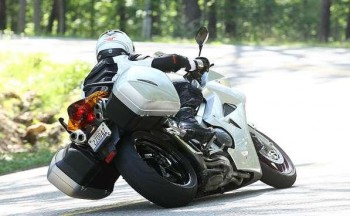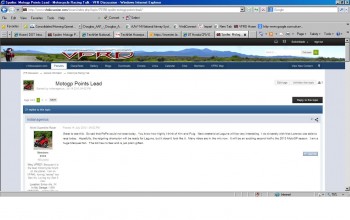-
Posts
8,217 -
Joined
-
Last visited
-
Days Won
59
Content Type
Forums
Profiles
Gallery
Blogs
Downloads
Events
Everything posted by Switchblade
-
-
-
-
The best one yet ! AWESOME BIKE ! Roll On ..
-
-
Hope you can .
-
PC or no PC? And or reset the ECU and see what happens. What did you do with the O2 sensors ?
-
You know if your going to put money onto the bike go ahead and upgrade the oiling system .
-
What a great bunch of guys .
-
- 13 comments
-
- tx
- texas hill country
-
(and 3 more)
Tagged with:
-
THANKS ^^^^ ..
-
read the link , all of it . I did and my 83 had the myth . And it also had the unbreakable fiber fuel the tubes that BROKE !!! Still loved'er anyway ! yeah. neither of which were NOT FROM OILING PROBLEMS!!!!!! thats the myth.. oil problems .. the true cause has been known since 1985!!! 30 damned years and people are still saying oil problems!! I prefer this story . Now, the history of the problem. Most of these engines, especially those driven hard, wore out cam lobes, rocker faces, and cam bearing surfaces prematurely. This was especially common in Europe where the bikes are driven harder and faster. Honda came up with many explanations: Incorrect valve adjustment because of forked rocker arms. To avoid this, use identical feeler gauges under each fork of the rocker arm at the same time, so the rocker arm doesn't tilt. When tightening down the adjusting nuts, tighten moderately at first, then recheck the clearance, then torque it down hard. This problem is worsened by the fact that the cam caps don't extend very far around the tops of the cams. On the 500cc engines, and the later generation Interceptors, the cam caps extend much farther over the camshaft to hold it snugly in place. This may explain why the problem occurs less frequently in these bikes. Variation in cam-to-bearing clearance because of manufacturing method. To combat this, Honda developed a special tool to hold the cam in place. Any bike shop tuning a V4 had better have this tool. It doesn't cost much ($15) and isn't hard to use. Get one; even though it doesn't completely solve the problem, it is a requirement. Part number is 07979-MK30000, name is "V4 tappet adjust". The service bulletin issued with this tool recommends valve clearance of .006 inches instead of .005 that the Sabre/Magna originally specified, as well as use of premium motorcycle oil, changed frequently, and avoidance of prolonged idling. (To aid in valve adjustment, you probably also want to buy the special 10mm wrench for the locknuts. It's ideal for the job: very long handle so you can get adequate torque by hand, large offset between the handle and the box end so you can reach down to the locknut and keep the handle clear of the cylinder head, and very thin-walled box end to slip over the nut where there's not much clearance. Part number 07908-MB00100, "valve adjust wrench", about $15. I'm sure glad I bought one.) Improper cam chain tension. Various redesigned cam chain tensioners have been developed. My mechanic says none of them really work much better; other mechanics say they do work better. It's basically a screen-door arm-stop design. If your engine rattles a lot at idle but gets much smoother and quieter at 3000 to 3500 rpm, one or both cam chain tensioners are not working. Sometimes you can poke the adjuster to make it take up the slack, but this doesn't always work. The shop manual describes this procedure and includes a diagram showing how to do it. Soft cam lobe material. Later replacement cams use different camshaft material and hardening procedure, so they should last longer than the original cams. As most of us are aware, Honda offered an extended warranty which essentially meant free cams and rockers whenever needed. This warranty was discontinued in 1989 or so, and it costs about $1000 or so for parts (camshafts and rockers). Aftermarket shops such as MegaCycle can resurface and regrind your cams, which should be lots cheaper than new parts. Heat. (according to mechanics, not official Honda pronouncements) Despite liquid cooling, these engines do get hot. Usually the rear cams are the first to go because they get hottest. There was no official remedy for this to my knowledge, but there are a couple things you can do. Rejet the main jets up one size to run richer and thus cooler. This may result in slightly higher fuel consumption and EPA violation, and you don't run on main jets all the time, but it may help. (Incidentally, Honda upped the main jet size on the '83 Sabre from '82, but we're not sure why.) Install a manual over-ride on the radiator fan so you can turn the fan on before the engine gets too hot (when you know it is about to, such as when you're coming into stop'n'go traffic), instead of after it gets too hot, the way the system normally works. Upgrade the thermal switch that controls the radiator fan. Here's some info from Eric Sterbenz, ers@cbnmva.att.com: "I have a V65 Sabre. I was going through some old VF Sport Touring Association newletters the other day and came across a tech article talking about a lower temp fan switch for the VFs, part no. 37760-MB4-770. It is supposed to lower the fan threshold about 50 degrees. I checked at the dealer and this is now the standard part in the database." Inadequate lubrication. According to Honda Racing, all the previous items contribute to the problem, and if you adjust the valves properly with the special tool and have new cam chain tensioners and the harder cams, you may escape the problem. But one final factor remains: inadequate quantity and quality of oil to the top end. (Apparently, Honda has upgraded the oil supply lines to allow greater flow to the head, but this isn't enough. Refer to articles by Phil Rastocny (philip@okstatealumni.org) on do-it-yourself oil system modifications, including research of these oil supply line upgrades. Both Part One and Part Two are available on my web site. V4 Oil System The oil system picks up oil from the sump through a strainer and routes it two ways. One goes to the filter and from there to the crankshaft. The other goes to a T joint where one branch goes to the transmission and the other splits again to feed each cylinder head. Therefore the oil is not as clean as it could be. The oil lines are of small diameter. On '83 Interceptors there was a restrictive banjo bolt in the pipes up to the heads. This was fixed for '84, but any '83 owners should make sure theirs has been retrofitted. I'm told by Honda Canada that this bolt was not a problem in the Sabre/Magna engine and no oil system parts upgrades were ever released for the Sabre/Magna engine. (Phil has found otherwise; perhaps US models only?) On the whole, adequate oil pressure is not developed below about 3000 to 3500 rpm. Therefore, there is often not enough oil getting to the heads. Honda Racing figured this out and modified the race bikes to pick up oil from the main gallery and take it externally to the head. This solved (not just lessened) the problem for them. The company which designed this modification is Amol Motorcycles, Dumont, New Jersey, phone (201) 384 1103. The mod costs $175 for parts, $300 for labour including removal of engine from frame, or $110 if you remove the engine. From about '88 to '91, Tierney-Hollen in Westlake Village, California offered a kit for $250 which is much nicer. You can install it yourself with no special tools. A collar is inserted between the oil filter and the engine case. Two braided steel hoses take fresh clean filtered oil in larger quantities to the heads. The existing oil feeds to the heads are blocked off. This looks like a winner if you want to spend the money and solve the problem once and forever. I have installed this kit on my bike and it works great. A separate write-up on this kit is available from me. But there are less complicated ways you can help slow the onset of chewed cams (while of course using the updated valve adjustment procedure and special tool and so on as described above). Use premium quality oil, such as BelRay or Golden Spectro. Don't use 20W50. You need the pumpability of 10W40 on start-up. Change it a lot. Temperature and gearbox thrashing break down oil. Every 1500 to 2000 miles would be nice, although if you're using a synthetic, perhaps you can extend this. Avoid extended idling. Long idles mean heat buildup and low oilflow because of relatively low pressure feed to the heads. Don't cruise around in top gear at 3000 rpm. Again, oil flow. Use premium gasoline. Prevents detonation; burns cooler. Install the upgraded oil supply lines if available for your model. Consult Phil's articles for description and part numbers, as well 6. Was my myth on 83 Magna.
-
read the link , all of it . I did and my 83 had the myth . And it also had the unbreakable fiber fuel the tubes that BROKE !!! Still loved'er anyway !
-

Cam Chain Tensioner, Without Throttle Body Removal
Switchblade replied to Tightwad's topic in Maintenance Guides
From what I hear you need a crows foot wrench and extension. IMO just do the gasket mod, install a new auto tensioner and live happily ever after. +1 . -
My 83 was no myth !
-

While At Gerhard Thurn's.................... Picture Heavy
Switchblade replied to Dutchy's topic in Modifications
-
From the album: 2008 VFR ABS
Go Man Go !!! -

Producing A Fix For The Regulator/rectifier Wiring Issue
Switchblade replied to Tightwad's topic in Modifications
3R]U9 PJO No heat at all with this R|R .. -
I have been waiting all this time now I can finish.
-
-
Dam great idea !!!
-
From the album: Logo's
VFR wheels


